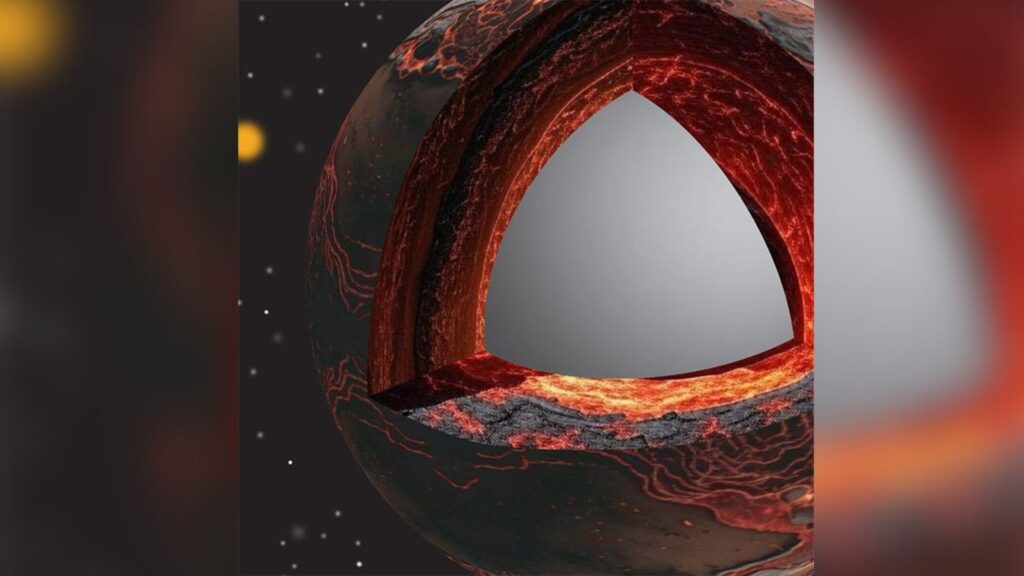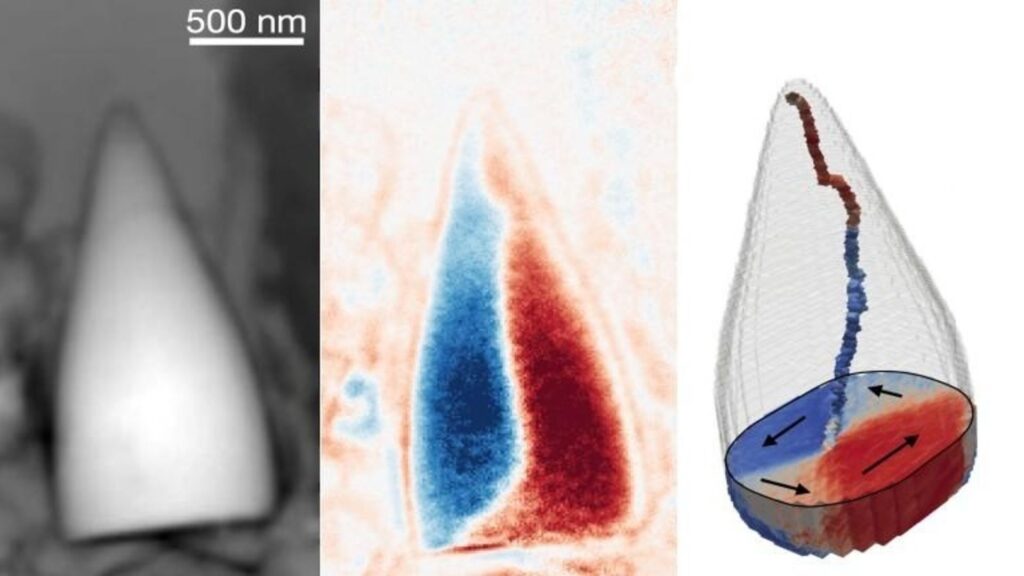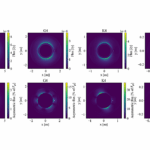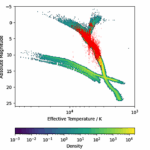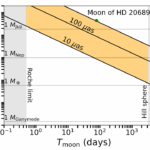Now Reading: Did NASA’s Perseverance Mars rover just see interstellar comet 3I/ATLAS in the Martian night sky?
-
01
Did NASA’s Perseverance Mars rover just see interstellar comet 3I/ATLAS in the Martian night sky?
Did NASA’s Perseverance Mars rover just see interstellar comet 3I/ATLAS in the Martian night sky?

NASA’s Perseverance Mars rover caught something unusual streaking across the sky above the Red Planet.
On Saturday (Oct. 4), Perseverance’s Right Navigation Camera (Navcam) captured an image of a streak of light in the sky above Mars. The date of the image coincides with when interstellar comet 3I/ATLAS was set to make its closest pass to the Red Planet, according to the European Space Agency (ESA).
Neither NASA nor the Jet Propulsion Laboratory (who built and operate Perseverance) have confirmed that the image depicts comet 3I/ATLAS. Due to the ongoing U.S. government shutdown, it is unclear if the agency is staffed to the point of being able to issue a statement.
However, in a previous statement, NASA wrote that Perseverance was among the agency assets that were set to observe the third-known interstellar comet as it passes through our solar system.
I think Perseverance may have spotted interstellar comet 3I/Atlas last night from Mars!
After stacking 20 images from Mastcam-Z, I found a faint smudge of light in the constellation Corona Borealis close to the location where the comet was expected. 🔭
Credit: NASA/JPL-Caltech/ASU/Simeon Schmauß— @stim3on.bsky.social (@stim3on.bsky.social.bsky.social) 2025-10-06T17:35:57.135Z
While there has been some social media speculation that the seemingly cylindrical appearance of the comet in the Perseverance image suggests it is actually an alien spacecraft, scientists disagree.
On his blog, Avi Loeb of the Center for Astrophysics | Harvard & Smithsonian wrote that the cylindrical stripe-like appearance of the object in the image “was generated by the integration time used to make the composite Navcam image, during which 3I/ATLAS moved across the Martian sky.”

“The stripe in the Navcam image must have resulted from stacking hundreds of Navcam images over a total time interval of about 10 minutes,” Loeb continued. “3I/ATLAS would have looked like a circular spot for an individual snapshot, which has a maximum exposure time of 3.28 seconds for Navcam.”
3I/ATLAS is currently making its way past Mars; it made its closest approach of just 18.6 million miles (30 million kilometers) to the Red Planet on Oct. 3. ESA previously announced it would use the Mars Express and ExoMars Trace Gas Orbiter (TGO) spacecraft to make observations of the interstellar comet as it passed by the planet.
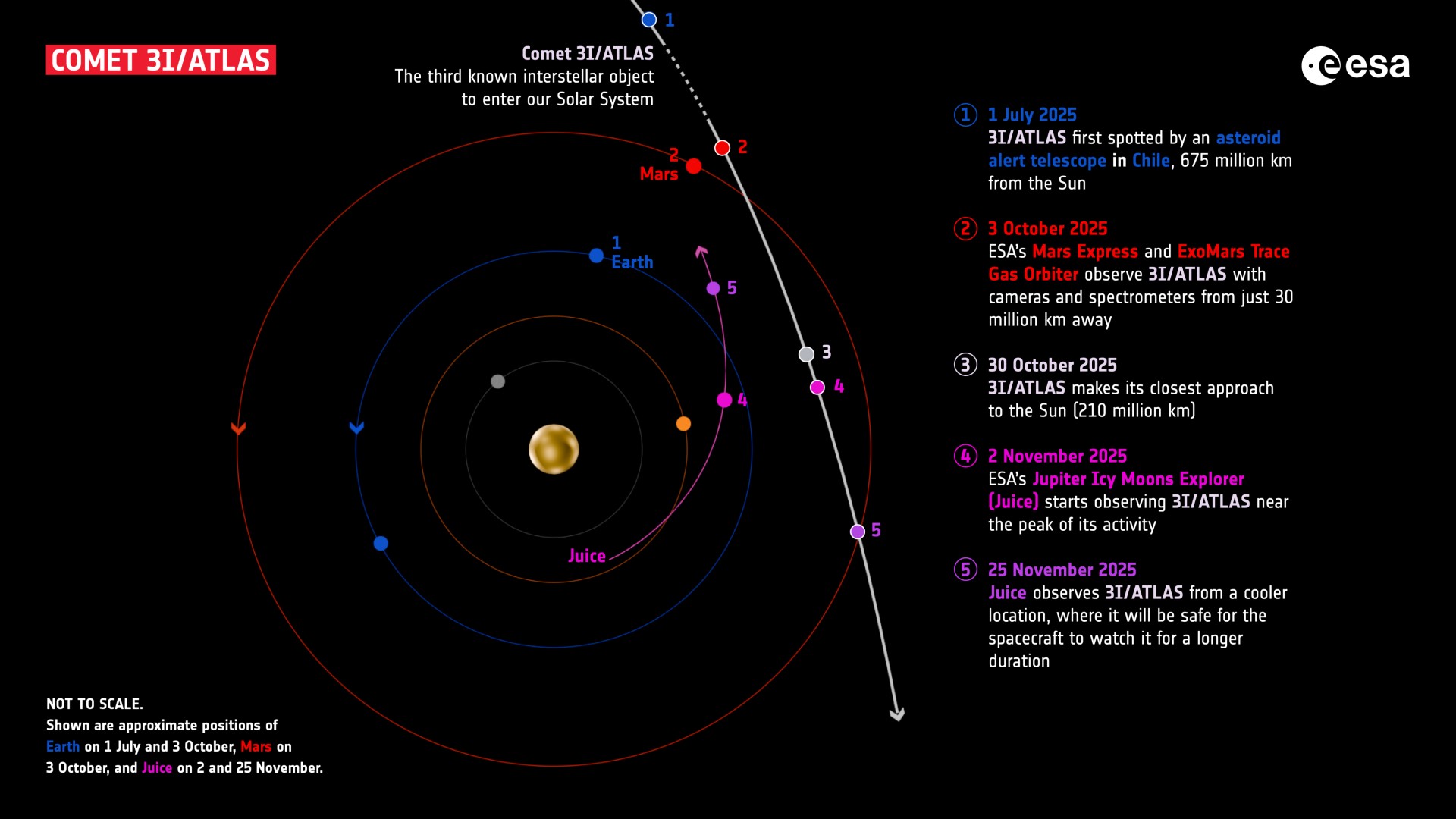
NASA has already used the Hubble Space Telescope and the James Webb Space Telescope to capture breathtaking images of the comet and study its composition as it passes through our neck of the cosmic woods.
The agency was planning on using a wide range of other spacecraft to study the comet as well, including the TESS exoplanet hunter, Swift gamma-ray observatory, SPHEREx infrared telescope, Mars Reconnaissance Orbiter, Curiosity rover, Jupiter-bound Europa Clipper probe and more.
It’s unknown how the ongoing U.S. government shutdown might be affecting those plans, as NASA’s communications offices are also shuttered. 15,000 agency workers, over 80% of its workforce, has been furloughed while lawmakers in Washington D.C. continue to debate the latest government funding bill.
Stay Informed With the Latest & Most Important News
Previous Post
Next Post
-
 012024 in Review: Highlights from NASA in Silicon Valley
012024 in Review: Highlights from NASA in Silicon Valley -
 02Panasonic Leica Summilux DG 15mm f/1.7 ASPH review
02Panasonic Leica Summilux DG 15mm f/1.7 ASPH review -
 03How New NASA, India Earth Satellite NISAR Will See Earth
03How New NASA, India Earth Satellite NISAR Will See Earth -
 04And Thus Begins A New Year For Life On Earth
04And Thus Begins A New Year For Life On Earth -
 05Astronomy Activation Ambassadors: A New Era
05Astronomy Activation Ambassadors: A New Era -
06SpaceX launch surge helps set new global launch record in 2024
-
 07Space Force plans new ‘Futures Command’ amid pressure to speed up modernization
07Space Force plans new ‘Futures Command’ amid pressure to speed up modernization













